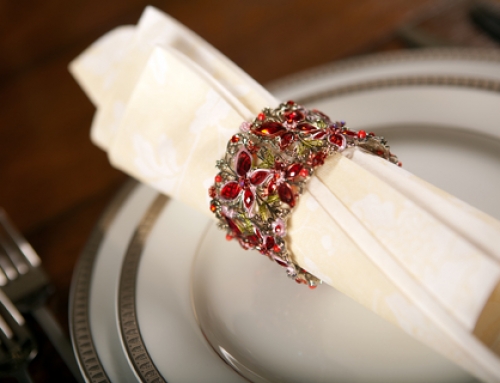Got a little bit of extra time? ChallahCrumbs is taking your family to Sunday school. This week we’re talking about Sibling rivalry. We’re wondering why siblings can be the best of friends or the worst of enemies!
Learn
Set up a mini-study session with our three sources and the guided questions.
Now Israel loved Joseph more than all his children, because he was the son of his old age; and he made him a coat of many colors. (Genesis 37:3)
- Isn’t that against the rules? Parents aren’t supposed to have favorites? What do you think the Torah is trying to teach us by telling us this story?
- How do you think the other brothers felt when Joseph got a special present that they didn’t? How would you feel?
Abel was a shepherd of flocks, and Cain was a tiller of the soil. (Genesis 4:3)
- What did Abel do as a job? What about Cain?
- Do you think it is good for siblings to do the same things or for them to do different things?
When Moses took the kingship and Aaron took the priesthood, they did not hate each other but each rejoiced in the other’s achievement. (Tanhuma Shmot 27)
- Sometimes brother do get along! Can you think of more examples in the Torah of when brothers get a long? How about other examples of when they fight?
- When do you think siblings get along best? When do you think they fight the most?
Discuss.
How many stories of sibling rivalry can you think of from the Torah? Why do you think this is such a common topic? Why do siblings fight so much? What can (your) parents do to help when a fight starts in your family?
Create.
We know that siblings may fight, but today we’re making one big happy family with our Paper Family Chain! (You may have seen this craft before. We used it for Parshat Pinchas!)
Materials:
Paper
Scissors
Glue
Crayons or markers
Optional: fabric scraps for clothing, yarn for hair, googly eyes etc.
Directions:
1. Fold a piece of paper like a fan or accordian.
2. Draw the design of a figure on the top panel. Make sure the design touches both sides of the paper.
3. Cut out the doll pattern.
4. Decorate each doll with markers, or glue on ribbon, yarn and fabric for hair and clothes.
Rivky Schramm Krestt has taught in Hebrew Schools, Community Schools, and Day Schools. She loves finding a way to take the words of a text and make them tangible, relatable, and relevant. She is the Chair of Judaics at the Beth Tfiloh Dahan Community School and lives in Silver Spring, Maryland with her husband and three children.








Leave A Comment